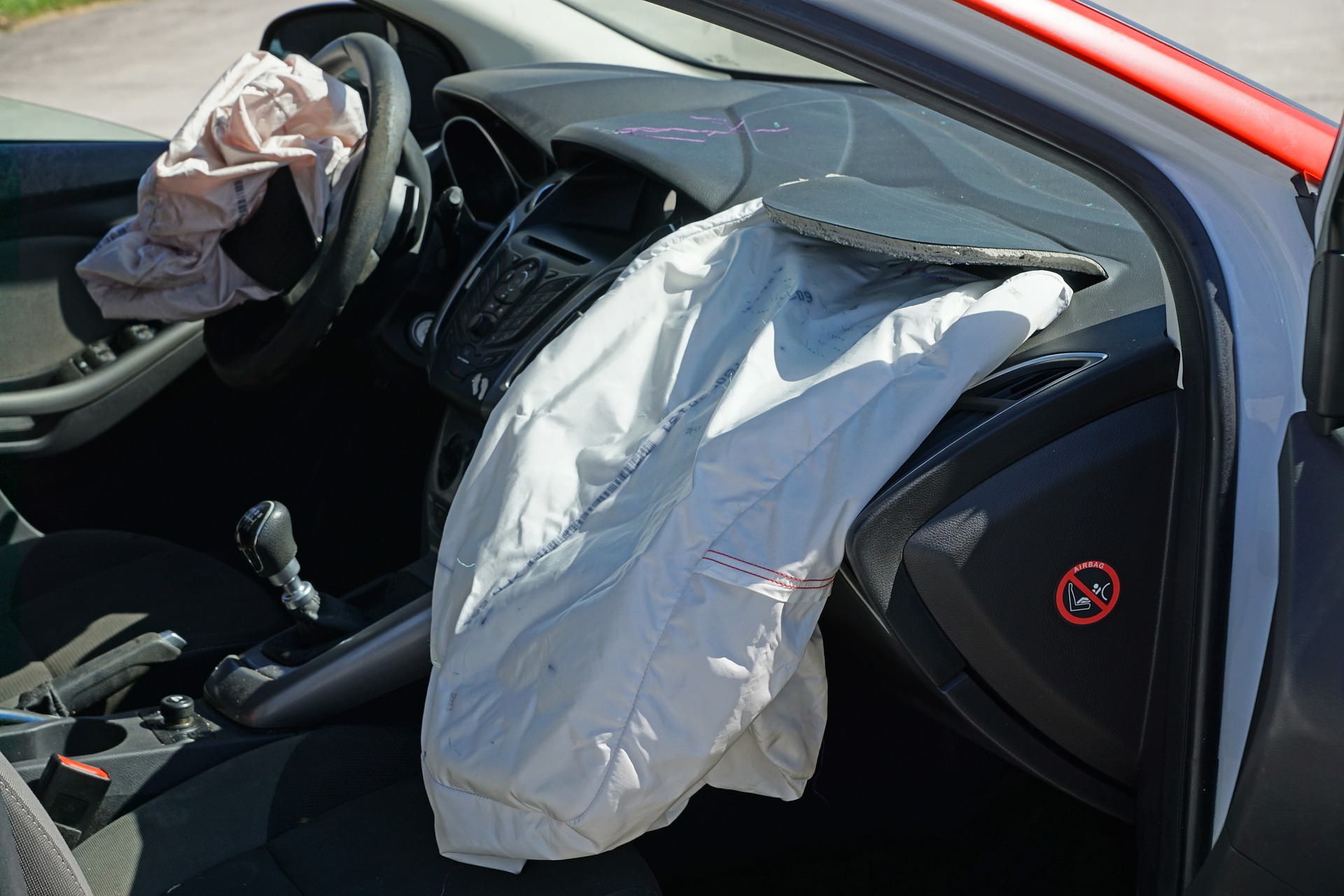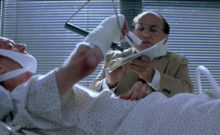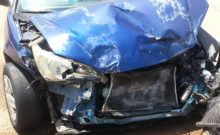When we’re talking about bodily injuries, there’s no such thing as “full coverage.” It’s a tough conversation I have with people all too frequently. Exasperated, they say, “This person has ruined my life! But you’re telling me the insurance company is only offering $15,000?! That’s not even enough to cover my medical bills! And what’s more, they expect me to sign this release and let that person walk away as if nothing ever happened.”
It’s a tragic situation, but what people misunderstand is their recovery is always going to be limited by their ability to collect a judgment against the other person. For example, when someone is in a motor vehicle collision and has to get major spine surgery, depending on the injured person’s age, that’s a claim that in a vacuum could be worth six or seven figures, if we’re talking strictly in terms of dollars and cents. But John Driver who ran a red light doesn’t have six or seven figures to give you. In many cases, this is true even if you seized and sold everything that person owns.
This is why car insurance is mandatory in every state. We want the person responsible for harming someone else to be able to be held financially responsible. And, it protects you if the crash was your fault, because the insurance company will pay for the damages you cause. It also protects you if the crash was not your fault, because the insurance company will pay your damages without you having to collect your judgment directly from the other driver.
1. The most common misperception about car insurance is that many people believe the insurance policy will pay for damages no matter how high those damages are. For bodily injury coverage, this is simply not true. Each policy will cover damages up to a certain amount. In Nevada, the minimum coverage limit for bodily injury liability coverage is $15,000 per person and $30,000 per incident (in 2018 these minimum limits for bodily injury liability coverage will be raising to $25,000 per person and $50,000 per incident). In many, many cases, I have to advise clients they’re not going to be able to collect anything more than those policy limits.
2. Buy a good liability policy. I don’t like that I’m about to sound like an insurance salesman, but purchasing a good policy truly is the best way to protect yourself. To reduce the chances of someone coming after your personal assets if you cause a crash, make sure you have high bodily injury liability limits. I recommend at least a policy that covers $100,000 per person and $300,000 per incident.
3. Buy collision and comprehensive coverage. Usually when people tell me they have “full coverage,” this is what they’re talking about. Having this coverage will ensure you can get your vehicle damage taken care of whether or not the other driver has adequate insurance or if the crash was your fault. It will almost always include a deductible, and comes in various maximum amounts. Make sure your limit can cover the full value of your vehicle.
4. Buy good uninsured/underinsured motorist coverage (UM/UIM). This coverage is meant to compensate you for your injuries if the person who caused the crash has no insurance or has inadequate insurance. You can never count on someone else to have the coverage you need when you are injured. A good UM/UIM policy is the best way to make sure to make sure you have the coverage you need if you are injured by another driver.
And, as a final note, please, if you ride a motorcycle, buy a lot of UM/UIM coverage.







